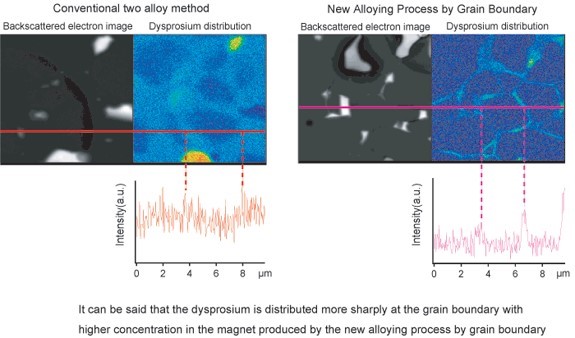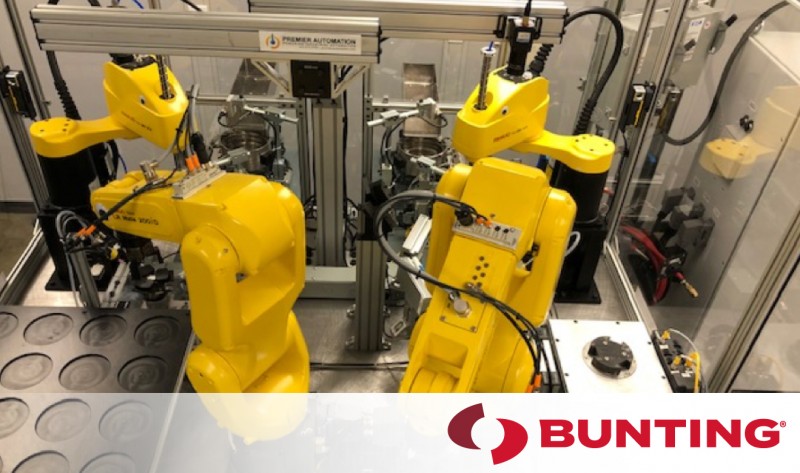Demand for powerful neodymium rare earth magnets is constantly increasing, particularly in the energy, aerospace, drilling, and automotive markets. What makes these market sectors unique is that they all frequently demand that magnets be able to tolerate difficult working conditions. In these industries, magnets need to produce the highest energy fields possible while being able to tolerate harsh conditions such as high heat environments, high reverse field environments, and high-speed high induced losses environments.
Historically, samarium cobalt magnets have been preferred in these applications due to their higher resistance to heat and corrosion. However, while samarium cobalt magnets are a powerful variety of rare earth magnet, they cannot match the intensely high strengths of neodymium magnets. Additionally, the price of the element cobalt, an integral part of the alloy used in samarium cobalt magnets, has been steadily increasing. Dysprosium, another element used in rare earth magnet alloys, has also been increasing in cost over time. Because of these factors, there is a great deal of pressure to develop a higher performing neodymium rare earth magnet.
Magnets Handling High Temperatures
Magnets are frequently used in motors. In a permanent motor, the temperature of a permanent magnet could easily be expected to rise above 150°C (302°F) under maximum load conditions. If a magnet had lower intrinsic coercivity, this would cause it to be demagnetized. Often, as a way of satisfying higher temperature requirements, the heavy rare earth element dysprosium will be added to improve the magnet’s intrinsic coercivity.
The addition of dysprosium is unfortunately not the best long-term solution. As mentioned above, dysprosium has become much more costly in recent years. Additionally, while it is true that added dysprosium will allow the magnet to suffer less loss in higher temperature conditions, the takeaway is that the magnet will also have a lower residual induction. Lowered residual magnetic induction, also called magnetic remanence (referred to as Br and BHmax), will occur if the original magnet grade was greater than 35MGOe.
Grain Boundary Diffusion Technology
Adding dysprosium to the total mix of magnetic material can be very expensive, and the material can ultimately be wasted if it is in the middle of a grain. Fortunately, new grain boundary diffusion technology allows the dysprosium to instead be distributed from the surface around all of the grain boundaries. In grain boundary diffusion technology, when the heat treatment temperature is greater than the melting point of Nd-rich phase, the dysprosium/terbium compound present on the magnet’s surface is then able to penetrate into the magnet through its grain boundary.

In the image above, dysprosium is represented in light blue and neodymium iron boron is represented in darker blue. As you can see, the image appears to be fuzzy and not cleanly distributed. Looking at the image on the right, though, you can see that the dysprosium is now distributed so that is only found where it is needed at the grain boundaries.
This technology reduces the overall amount of dysprosium used and ensures that it is only at the grain boundaries. With this method, Br and BHmax remain unchanged and the overall production/manufacturing costs are significantly reduced. The result is a higher performing magnet that does not come with a significantly higher price tag.
For more information about available magnetic materials and selecting the best magnetic material for use in your application, contact Bunting-DuBois today.

